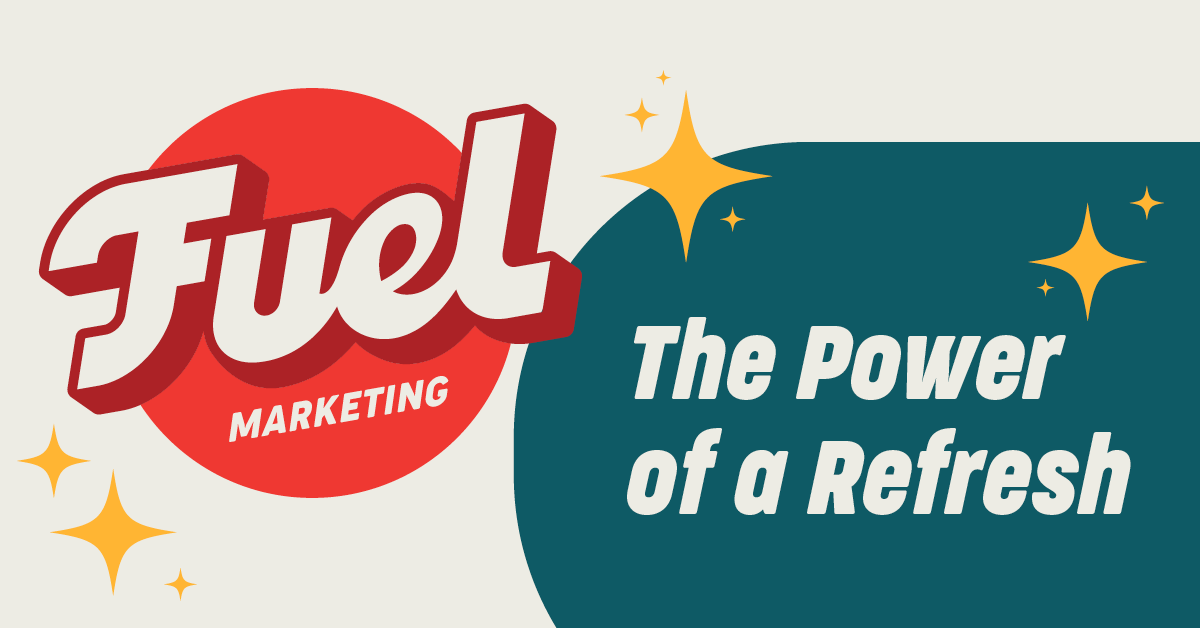Your website is your brand online and providing a great user experience on your website is a major key to success. Current research studies show that it takes .05 seconds for visitors to decide whether they will stay or leave your website. Here are a few elements that help ensure that visitors not only stay on your website, but also engage with it.
1. Design
Does it really matter what a website looks like? Yes, it does. For example, cluttering with multiple headlines, boxes, offers and heavy text will confuse your target audience and they will navigate away from your website. This is why hiring a professional designer is important. A designer will guide you in determining the best message, images, colors and fonts–as well as the best use of white space and symmetry for your website. But that’s not all that a designer does. In addition to an overall design, an expert designer will make certain that it’s mobile friendly. Increasingly, customers use their mobile devices as part of their shopping and decision-making processes. Consider that the design of your website should adapt easily to various screen sizes and have all the information shoppers or visitors are searching for when they access your site via mobile devices. Keep the design simple and make the content shareable. This includes an easy-to-see click-to-call phone number, address (linked to mapping) and menu.
2. User Engagement
Your website should provide optimal user engagement. Informational architecture (IA) has a large role to play in this. The primary objective of IA is to structure the website content in a way that is easy for users to find what they need, without investing a large amount of time and effort. The interaction design focuses on context, content and users. To create a strong IA for your website (new or existing), follow these steps:
- Learn what the customer needs
- Audit the content of your existing website and update it
- Effectively group and classify your website content
- Develop the hierarchy of your website for easy navigation
- Use wireframing for the development of your website.
3. Search Engine Optimization (SEO)
A website can have a great look, excellent layout and well-written content, but if users are not able to find your website through an online search, it will be ineffective. This is where SEO enters into the picture. Once you create and launch your website, work with a website expert to immediately optimize it for search. SEO techniques involve a carefully-devised strategy, including analysis of search patterns and behavior of the target users.
SEO will need to be continuously reviewed and updated, so spend the time and money necessary to ensure your content appears near the top of search engines. That means focusing on many SEO factors including:
- Consistently creating valuable content and sharing the content so others can potentially link to it.
- Using great headlines that attract attention and encourage user engagement.
- Knowing how to use keywords effectively and choosing the right keywords based on your business.
- Correct use of H1/ H2 tags, meta descriptions, images alt attributes, links and other content techniques.
- Continually optimizing the speed and performance of your website.
In conclusion, remember your website serves as your brand and ultimately your business online. The website will be available every hour and every day for your business. That’s why it’s important to invest the time and resources to make it the best it can be. To learn more about creating a successful website, contact [email protected] today.


